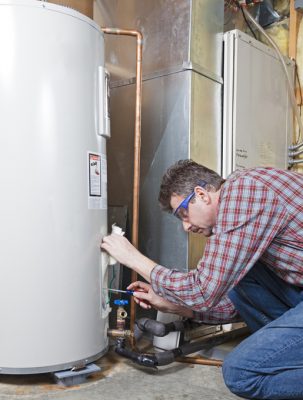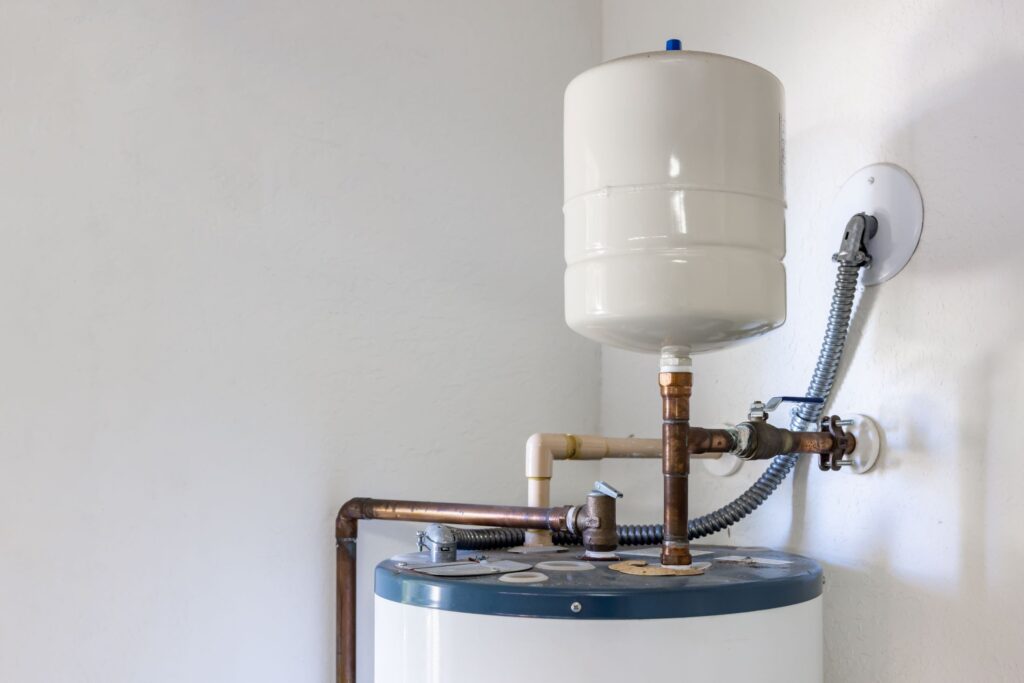Tips on How to Keep Your Home's Hot Water System in Good Condition
Tips on How to Keep Your Home's Hot Water System in Good Condition
Blog Article
In this article below you might get a good deal of amazing facts on the subject of Tips on Maintaining a Water Heater.

Warm water is essential for everyday convenience, whether it's for a rejuvenating shower or cleaning dishes. To guarantee your hot water system runs effectively and lasts much longer, routine upkeep is essential. This short article offers functional pointers and insights on how to preserve your home's hot water system to prevent disturbances and pricey repairs.
Introduction
Preserving your home's warm water system may appear daunting, yet with a couple of simple steps, you can ensure it operates smoothly for many years to find. This overview covers whatever from recognizing your hot water system to DIY upkeep ideas and understanding when to employ specialist aid.
Relevance of Keeping Your Warm Water System
Normal upkeep not just expands the life-span of your warm water system yet likewise ensures it operates successfully. Ignoring maintenance can lead to lowered effectiveness, higher energy bills, and also premature failure of the system.
Indicators Your Hot Water System Demands Maintenance
Knowing when your warm water system needs focus can stop major concerns. Watch out for signs such as irregular water temperature level, strange sounds from the heating unit, or corroded water.
Purging the Water Heater
Purging your water heater gets rid of sediment buildup, enhancing efficiency and lengthening its life.
Checking and Changing Anode Rods
Anode rods protect against corrosion inside the storage tank. Evaluating and replacing them when broken is important.
Facility Problems Calling For Expert Aid
Examples consist of major leakages, electrical problems, or if your hot water heater is consistently underperforming.
Regular Professional Maintenance Conveniences
Expert upkeep can include detailed evaluations, tune-ups, and making certain compliance with security criteria.
Examining and Readjusting Temperature Settings
Readjusting the temperature setups makes certain optimum efficiency and safety.
Do It Yourself Tips for Upkeep
You can perform a number of upkeep tasks yourself to maintain your warm water system in top condition.
Looking for Leakages
Frequently check pipelines and connections for leaks, as these can cause water damages and higher expenses.
Recognizing Your Warm Water System
Before diving into upkeep jobs, it's handy to understand the fundamental parts of your warm water system. Typically, this includes the water heater itself, pipelines, anode poles, and temperature level controls.
Monthly Maintenance Tasks
Routine regular monthly checks can aid capture small issues before they escalate.
Evaluating Stress Alleviation Valves
Examining the stress safety valve ensures it functions correctly and protects against excessive pressure buildup.
Insulating Pipes
Protecting hot water pipes decreases warm loss and can save power.
When to Call a Specialist
While do it yourself maintenance is advantageous, some issues call for specialist experience.
Verdict
Routine maintenance of your home's warm water system is crucial for effectiveness, durability, and expense savings. By following these suggestions and understanding when to seek professional help, you can ensure a reliable supply of warm water without unanticipated disturbances.
How to Maintain an Instant Hot Water Heater
Before tinkering with your hot water heater, make sure that it’s not powered on. You also have to turn off the main circuit breaker and shut off the main gas line to prevent accidents. Also turn off the water valves connected to your unit to prevent water from flowing into and out of the appliance. 2. When you’re done, you have to detach the purge valves’ caps. These look like the letter “T†and are situated on either side of the water valves. Doing so will release any pressure that has accumulated inside the valves while at the same time avoid hot water from shooting out and burning your skin. 3. When the purge valves’ caps are removed, you have to connect your hosing lines to the valves. Your unit should have come with three hoses but if it didn’t, you can purchase these things from any hardware or home repair shops. You can also get them from retail stores that sell water heating systems. Read the user’s manual and follow it to complete this task properly. When the hosing lines are connected, open the purge port’s valves. 4. You should never use harsh chemical cleaners or solutions when cleaning your unit. Make use of white vinegar instead. It should be undiluted and you’ll probably use about 2 gallons. 5. Now flush your water heater. This task should probably take about 40 minutes. We can’t give you specific directions for this because the procedure is carried out depending on the type, model and brand of your heater. With that being said, refer to the user’s manual. 6. When you’re done draining the unit, you have to turn off the purge port valves again. Remove the hosing lines that you earlier installed on each of the water valves. Put the valve caps (purge port) back in their respective places and be very careful so as not to damage the rubber discs that are found inside these caps. 7. Now that everything’s back in place, check your user’s manual again to find out how to reactivate your water heating system. 8. Once it is working, turn one of your hot water faucets on just to let air pass through the heater’s water supply pipes. Leave the tap on until water flows smoothly out of it. https://www.orrplumbing.com/blog/2014/september/how-to-maintain-an-instant-hot-water-heater/

I ran across that blog entry on How to Maintain a Hot Water Heater in a Few Simple Steps while doing a lookup on the internet. For those who liked our blog entry plz don't forget to pass it around. Kudos for your time. Come back soon.
Schedule Appointment Report this page